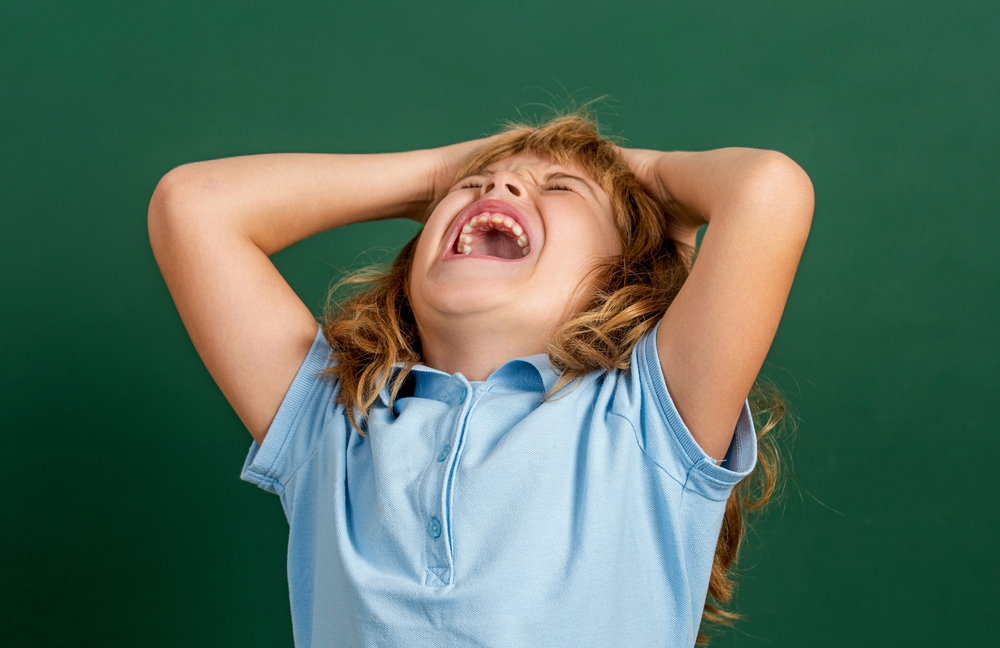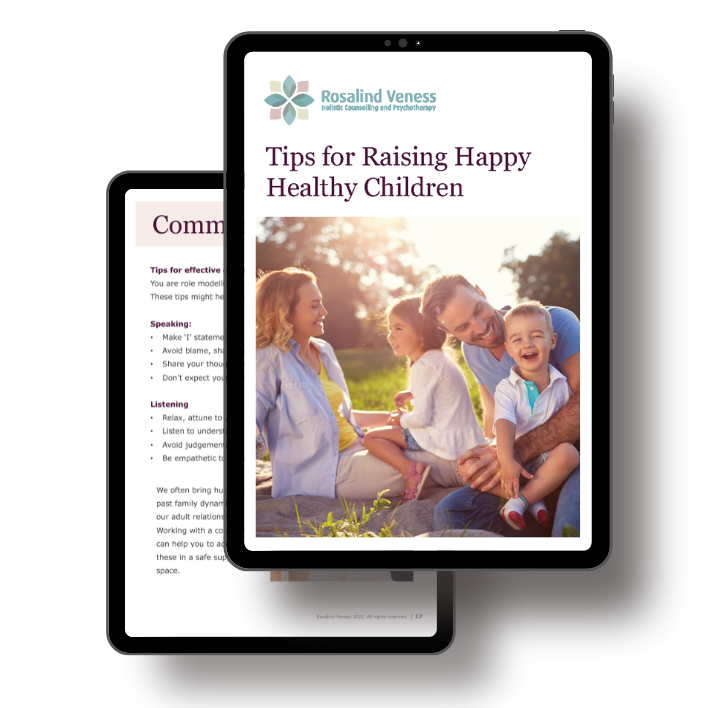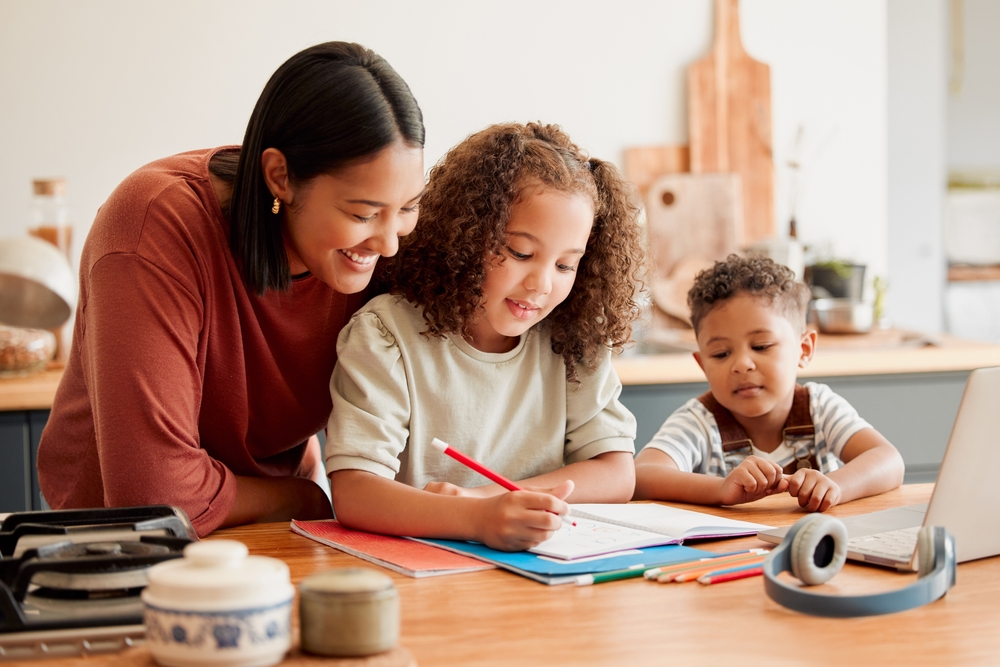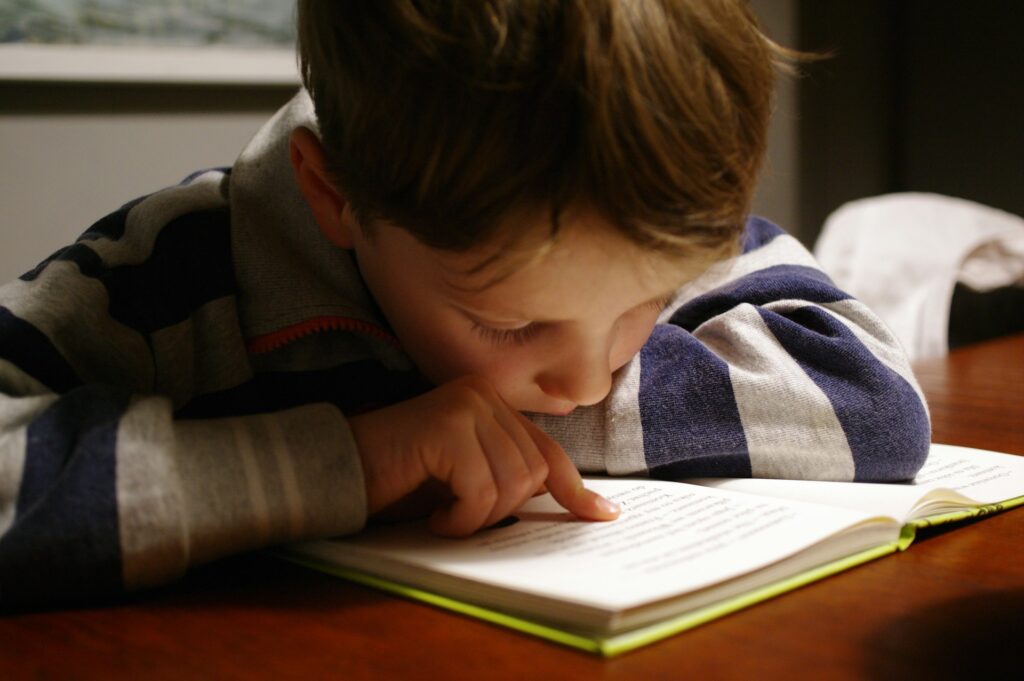
It’s not unusual to see signs of stress and anxiety in children at school, when you know what to look for. Their behaviours are bringing us a message, and it is up to us to learn how to read them.
Recently, some parents have expressed concern that their children are getting into trouble at school for hitting out at other children. This is usually followed by punishment of some sort, a phone call to the parents to arrange a meeting, and possibly suspension.
The concern is that these are not bad children. Their parents generally describe them as gentle, sensitive, and sweet natured. They are not bullies!
Why is this happening?
What is the message that their behaviour is bringing us?
What can we learn from this?
Classrooms as a Stressful Environment
Many children find classrooms stressful. Even though we may think that schools are a safe place, children do not necessarily feel safe here. They are letting us know this through their behaviour.
Often labelled as having ADHD or dyslexia, research has shown that many of these children are actually struggling with anxiety. These high levels of anxiety in children will impact all forms of learning – social, emotional, physical, behavioural and academic
Rather than labelling their behaviour as “naughty” let’s look at this as a survival response from an already heightened nervous system. It is bringing us a message, and we just need to learn to “tune in” to what we are seeing.
Some will say they need punishment, saying “they need to learn that this is not acceptable behaviour“. However what does punishment, or “consequences” achieve, other than shaming a child for what was a normal, automatic reaction to feeling threatened?
Seen through this lens, we can see that strategies of punishment and time out are unlikely to work. Children respond best to compassion and understanding. We all do!
Behaviour as a Nervous System Reaction
We know that hitting someone is a strong defensive reaction to feeling threatened. A nervous system on high alert will be easily triggered into a fight/flight reaction, often hitting out at a perceived threat. Current research tells us that this action is not coming from their “thinking” brain. It is coming from the lower, or reactive part of the brain. In other words, the behaviour is happening below conscious awareness.
Our nervous systems are constantly being bombarded with sensations of threat. This is hard for all of us, but is especially difficult for young children to deal with. They are like little sponges, soaking in everything that happens around them. However, their “thinking” brains have not yet developed enough for them to be able to process everything that is happening. As a result, their reaction is automatic.
Many of the children I see in my practice are living with a heightened nervous system. They find it difficult to allow themselves to relax, or let go of their need for tension. They need help from adults and their carers to help them to feel safe in what to them feels like a world full of confusion.
For many of them, they are absorbing the stress from simply from being born into the twenty first century. Their nervous systems are constantly being bombarded, through the news, the environment, their community, their social world… the list goes on. Others are struggling with immaturities in their early development that make learning difficult.
Behaviour is Bringing us a Message
What if I said that your child is not naughty? Seen differently, we can say that their behaviour is letting you know that although they are safe, their nervous system is bringing a different message.
When they are acting out or withdrawing, this is your cue to offer safety and compassion rather than punishment. Behaviours change when children feel safe, seen, heard and understood.
When my daughter started school, tension would build up in her nervous system during the day. It was like a stretched spring, and after holding it together all day, she would let it out when she came home. During the last twenty years of practise, I have meet many children with similar responses to stress at school.
Understanding the Nervous System
Briefly, the Polyvagal Theory , developed by Dr Stephen Porges, offers us a way of understanding our nervous system and how it affects behaviour. He identified three states:
- Safety and connection – we feel safe when we are with other people, able to regulate our emotions, and reach out for support when necessary. This is the optimal state for classroom learning.
- Mobilisation – also known as fight/flight, an adaptive process of protecting ourselves when we feel threatened or unsafe. It can look like anxiety, stress, or acting out. We become hypervigilant, often misreading social cues, and our ears are tuned in to the environment, rather than the human voice, wary of sounds of danger.
- Immobilisation – when all else fails, we protect ourselves by shutting down, wanting to hide or disappear. We feel numb and withdrawn, disconnected from others, abandoned and invisible.
When we feel stressed or anxious, our fight/flight system becomes active, and we prepare to mobilise into action. For many children simply by being in a classroom full of people can trigger their nervous system into a state of hypervigilance. Feeling stressed, their fight/flight system becomes active, as they prepare to act against a perceived threat. What you see is their behaviour, the “tip of the iceberg”. Underneath this is a reactive nervous system.
Consequently, when in this state children are not open to learning. Offering a space of safety and connection can help to bring their nervous system back to a regulated state. Then they are open to learning, or taking in and processing new information.
Looking through the lens of this bigger picture, we can say that the child is not the problem… the problem is the problem!
How You Can Help
Keeping their world predictable, both at home and at school, can help children feel safe. You can also help them by maintaining regular routines, and giving plenty of warning if there is change coming. Daily and weekly rhythms can also help, like having Friday as movie night, or Sunday lunch with grandparents.
In my clinic I have a big tub filled with rice. I drop in marbles, polished stones, small plastic dinosaurs or other small items for the children to find with their feet. Some find this so relaxing, they ask for it each week. The little ones will often try to immerse their entire bodies, clothes and all!
Another calming technique is the Burrito wrap. Spread a sheet on the floor, and invite your child to roll themselves up in it, ending face down. Then use a big gym ball to massage their back and legs. You might be surprised how much their bodies appreciate this safe touch!
You may also find a parenting program such as Circle of Security Parenting helpful. This is an internationally recognised program helping parents learn how to attune to your child’s needs. Parent feedback is very positive, with comments such as “all parents should do this program“, and “this has changed my parenting forever“.
Processing our Stress
We live in a time of extreme change . So much is happening around the world – Covid, climate change, international wars, finances, cost of living, political upheaval…(add whatever is happening in your personal life here, too). Our levels of stress can build without us realising it. Suddenly stress and tension feels normal!
As adults, we have more capacity to process much of this information, but we can still find the world stressful. Imagine how much harder it is for our young children!
Becoming aware of and addressing our own stress levels is a start to helping our children. When your child seems to be “acting out”, remember this is a nervous system that needs help.
- Regulate your own emotional response first, then you can help your child to co-regulate.
- Relate to them with understanding and compassion. Then you can
- Respond to the behaviour, and talk about what is disturbing them
Conclusion
While it’s tempting to blame a child for hitting out, seeing the behaviour as bringing us a message, helps us to understand that “the child is not the problem, the problem is the problem”. Addressing the source of the behaviour can bring about permanent and lifelong change. Research shows that that punishment doesn’t help, but compassion and understanding will.
When these behaviours are coming from below conscious awareness, the children are showing us the stressful world that they are growing up in. They are also highlighting a need for change in how we address these behaviours.
Strategies to help include building closer family connections, individual counselling support and whole-class neurodevelopment programs. We can all benefit by bringing more connection and playfulness into everyday life, too.
The children of today are the leaders of the future. Let’s help them to make it a good one!
Tips for Raising Happy Healthy Children
For more parenting help, click here to download our FREE e-book Tips for Raising Happy, Healthy Children.
Related Articles
- Play – the Work of Childhood
- School Refusal – or is it School Rejection
- Alternatives to Punishment and Time Out
- Raising a Secure Child
Further Reading
- Goddard Blythe S. (2012). Assessing Neuromotor Readiness for Learning. Wiley-blackwell. UK.
- Kestly, T. (2014). The Interpersonal Neurobiology of Play. Norton. New York.
- Siegel, D and T Payne Bryson (2020). The Power of Showing Up – how parental presence shapes who our kids become and how their brains get wired. Scribe. USA.






